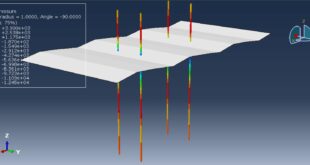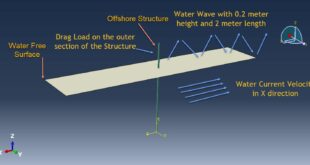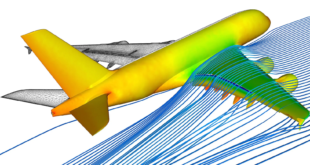Recent terrorist attacks not only targeted on government buildings, but also on some random civilian structures such as hotels, shopping centers and traffic stations. This imposes a great challenge on attack preventions since it is impractical to deny public access to these structures. Once terrorist attack is not success-fully prevented and occurs in the near field of the building structures, serious casualties are not the only result from the explosion itself, but also by the high-speed ejecting fragments discharging from the local damaged structural and building envelope. And owing to the ease of construction and low costs, clay masonry is commonly used in China and other countries as building envelope materials besides concrete masonry and glass. However, this clay masonry, which is made of clay bricks and mortar, tends to break into sharp fragments due to its brittle nature and low integrity under close-in explosions, inevitably causing casualties and injuries for occupants and severe damage to the equipment or furniture inside the room. Thus, there is an urgent need to study the behavior of local\damage, as well as the fragment characteristic of unreinforced masonry wall under near field explosions for blast protection against such a hazard With the popularization of natural gas used in the industrial and civilian fields, gas explosion accidents have been reported frequently, which caused massive damage and structural failure.In order to reduce the potential hazards to structure, and enhance the safety of properties and human lives, it is necessary to investigate dynamic response and failure mechanism of masonry walls under blast explosions.
You can see a real figure at below of blast test
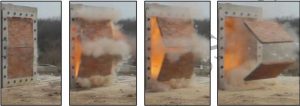
In this simulation Elastic brick model and CDP concrete brick model has been used. The first file has ended successfully but the second case by accumulation tensile and compressive damage the wall was failed . To model behavior of mortar there is two way. The first way define the mortar as three D part and assign material as traction separation law because during analysis mortar experienced damage and it should be consider . The second way using cohesive behavior couple with damage and evolution and assign it to the interaction surfaces between bricks.Ii this simulation the second way has been used and BK low consider for it as damage formulation with normal, shear and tangential stiffness.
You can see some figures of elastic modeling with brick material at below
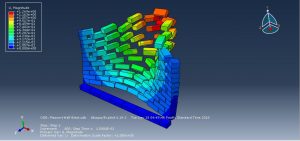
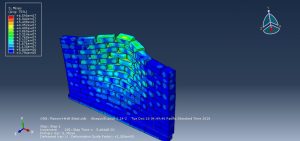
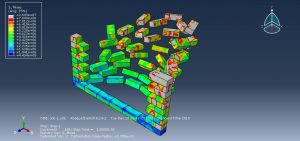
and the below figures are results of CDP model for concrete blocks
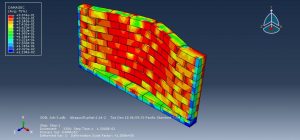
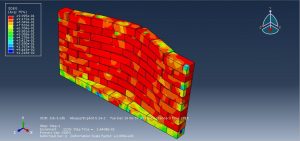
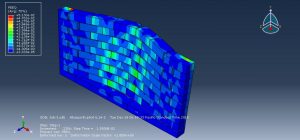
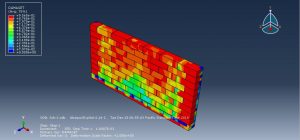
You can provide CAE ,INP,and English video files of this simulation here. The cost of these files is Twenty-Six Euros. you can click on the bellow bottom to beginning process
You can purchase the tutorial through a PayPal account, a Visa, or a Master card, just before payment,send me an email to this address: karampourp@gmail.com
 Abaqus tutorials Abaqus tutorials
Abaqus tutorials Abaqus tutorials
